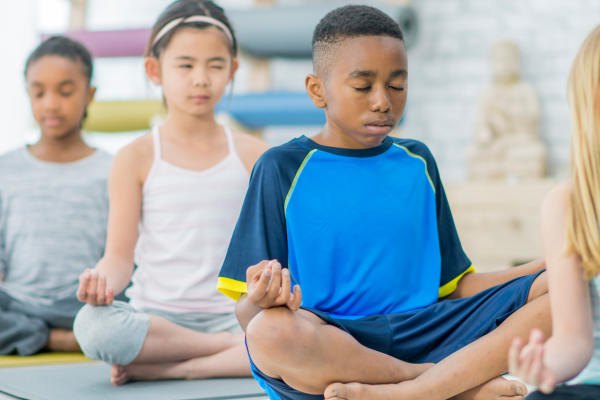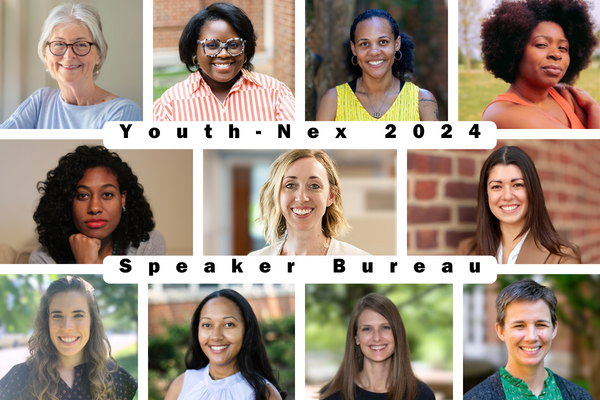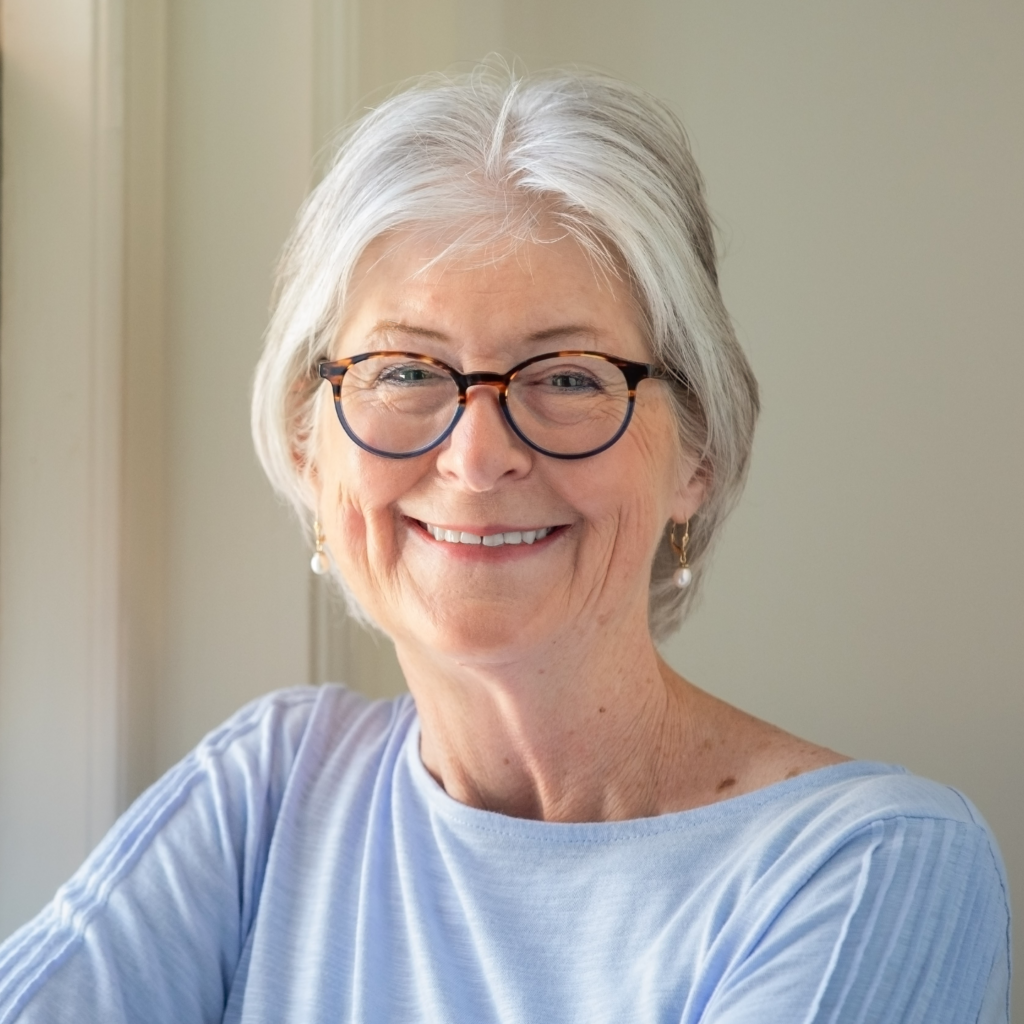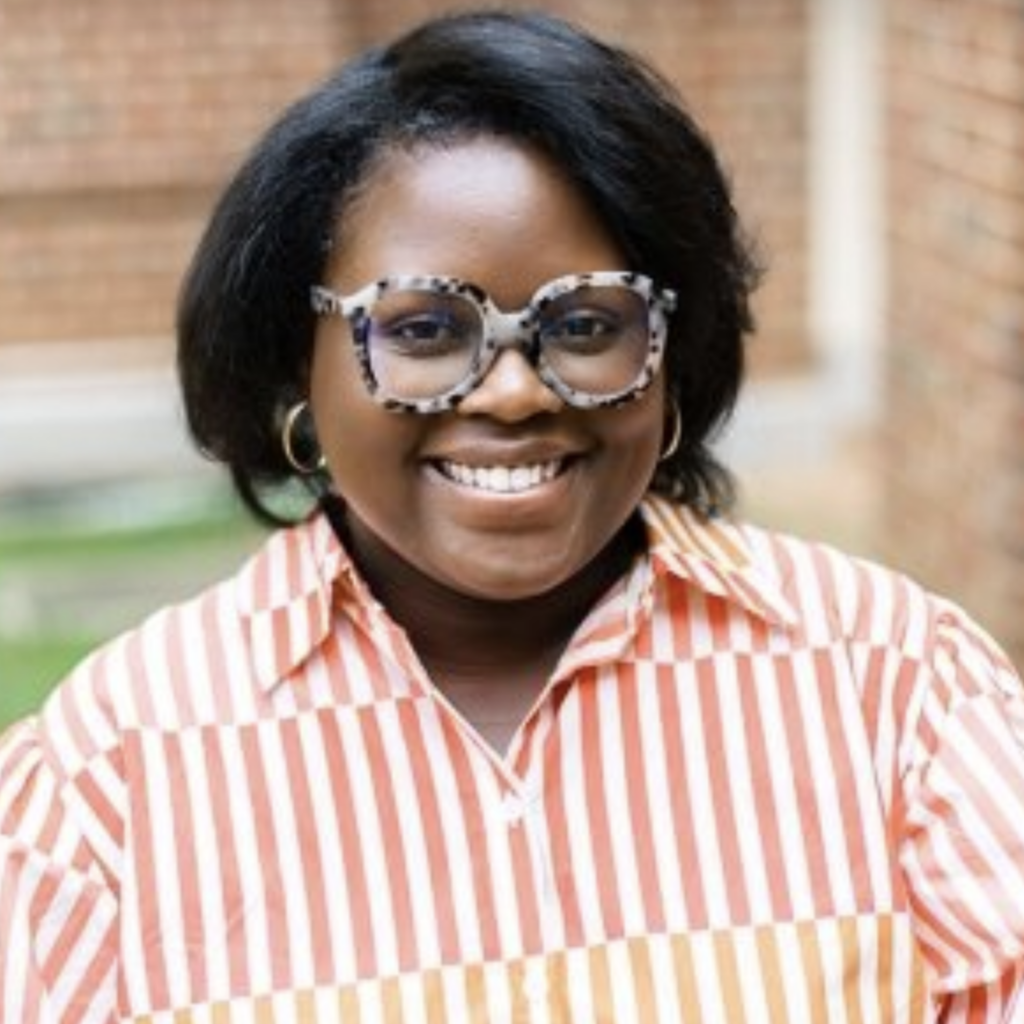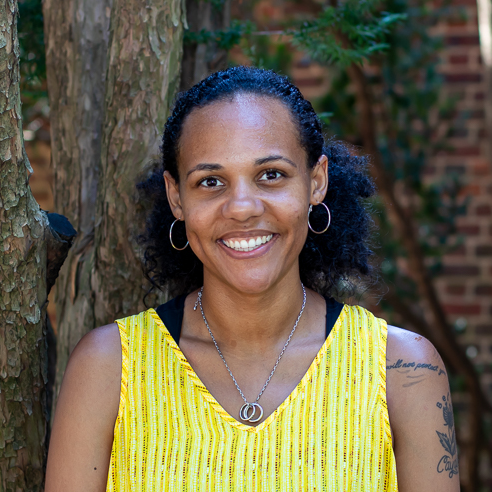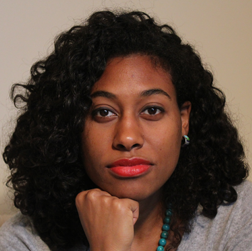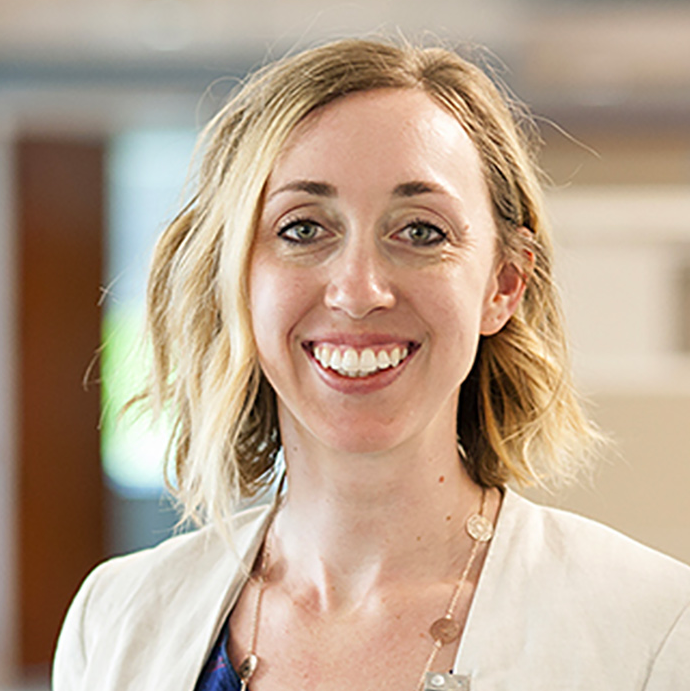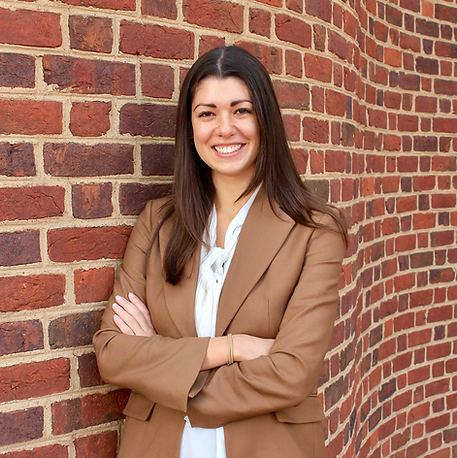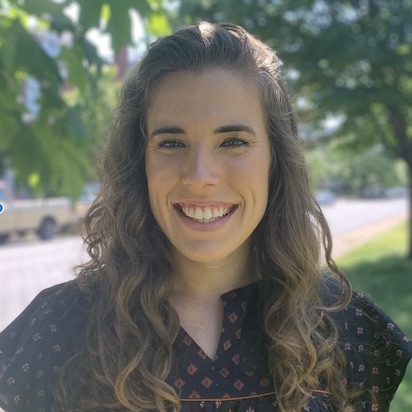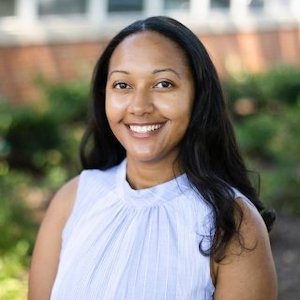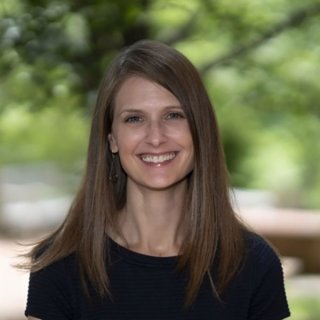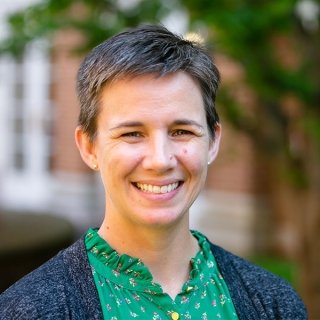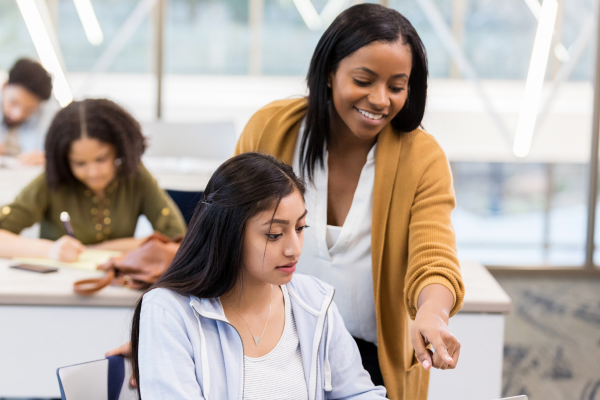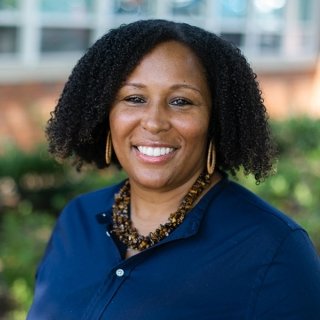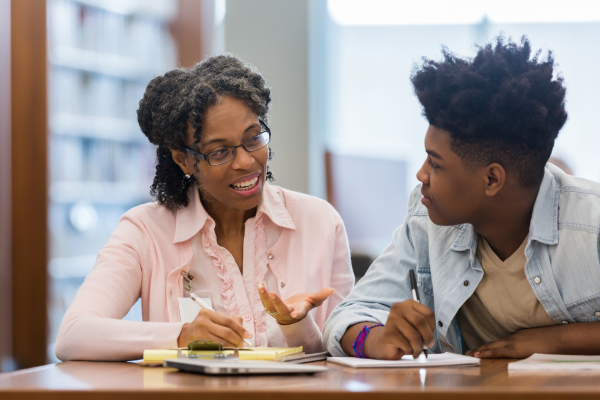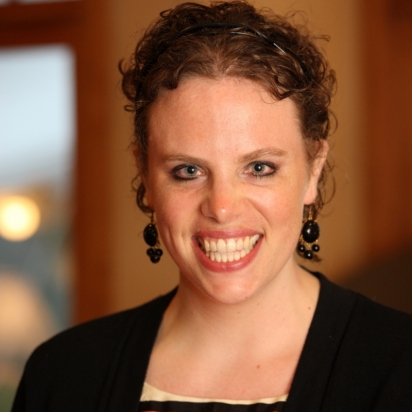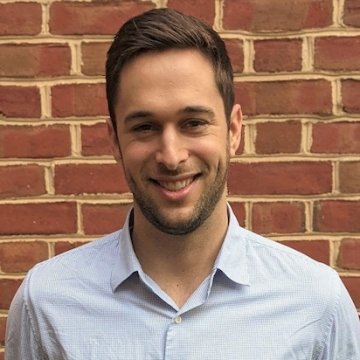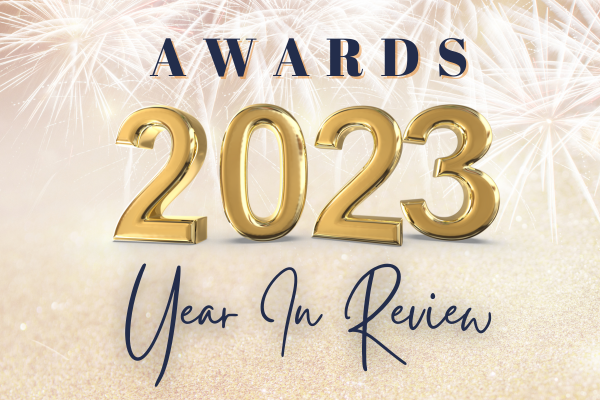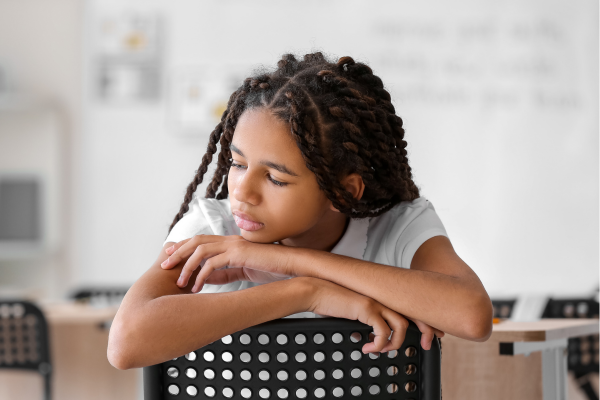By: Erica Rouch
Highlights:
- The strengths and challenges faced by autistic girls don’t always mirror those of boys, even though 4 boys are diagnosed with autism spectrum disorder (ASD) for every girl.
- Recent data about girls with autism spectrum disorder suggests that these diagnoses are often made in early adolescence because symptoms present differently than in boys.
- An autism diagnosis, even one that comes as late as adolescence, comes with a variety of services, interventions, supports and resources.
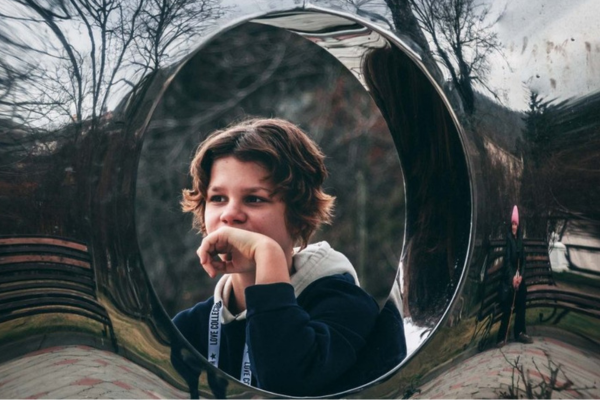
This post uses both the terms “autistic” and “person with ASD” to recognize that people have varied preferences in terminology.
Four boys are diagnosed with autism spectrum disorder (ASD) for every girl. Because ASD is observed much more frequently in boys, specialists have a clearer picture of what autistic traits look like in boys and how to determine if a diagnosis is appropriate. Experts now know that the strengths and challenges faced by autistic girls don’t always mirror those of boys.
ASD is diagnosed by evaluating behavior, and as its name suggests, it is also a spectrum. The gender difference in how these behaviors present has contributed to a number of challenges in diagnosing girls.
Girls with ASD Present Differently
In the last decade or so, there has been a rise in autism diagnoses for girls who have strong intelligence and few behavior challenges. These girls still present with social interaction difficulties, which is a core characteristic of autism.
Recent data about girls with ASD, although limited, suggests that these diagnoses are often being made in early adolescence. This may be because adolescent girls present with less pronounced autistic characteristics in early childhood and they may be able to ‘mask’ autism-related differences in middle childhood. It seems that autistic girls are more likely to find strategies to compensate for some of the core challenges with social communication that we see in boys. This could look like:
- Girls might teach themselves to look at someone between the eyes to mimic eye contact, even if it is uncomfortable for them. This has been referred to as “camouflaging” – the idea that girls are able to look around, see what their peers are doing, and mimic that to some extent – but it may not be totally natural for them.
- In group social situations, autistic girls might look to their peers to see their reaction to a given situation, and mimic that verbal response, facial expression, and/or body language.
- In order to “fit in,” a girl with ASD might engage in self-soothing “stimming” behaviors only when she is not around peers or not in public.
Adolescence brings higher demands for social interactions, particularly in group social situations, and it becomes more challenging for autistic girls to use these work-around strategies to be socially successful. Where girls have increasing challenges in these situations, it can help clarify an autism diagnosis.
Diagnosing at Adolescence
Since this is an emerging field, much of the research about girls and women with ASD is based on self-report of experience. For example, adolescent girls with ASD often report having a single friend at a time. When conflicts with a friend or peer arise, they are more likely to blame themselves entirely or blame the friend entirely, which often results in the end of the friendship.
Considering how much the potential for peer conflict goes up during the teen years, and especially the nuanced relational aggression that we see in teen girls, it makes sense that social relationships become markedly more challenging for autistic girls. These problems might be first noticed and diagnosed as anxiety or depression that has developed as a result of social challenges. Researchers do know that autistic girls are more likely than autistic boys to have co-occurring anxiety or depression.
ASD Resources
The good news is that with an autism diagnosis, even one that comes during adolescence, comes with better access to a variety of services (though there is certainly room for improvement!). Many girls and women also report feeling like a diagnosis is validating and helps them better understand themselves. Here are some resources and supports that may be helpful:
- The Autism DRIVE provides a searchable database of autism-related resources and services in the state of Virginia, as well as the opportunity to participate in relevant research at UVA. Developed by UVA’s STAR (Supporting Transformative Autism Research) initiative, which aims to improve the lives of individuals with autism through groundbreaking research and innovative models for intervention and training.
- The PEERS Program (UCLA) and the Girls Night Out program (Kansas) are two social skills programs that have shown good evidence in supporting autistic girls and women in reaching their goals in social relationship development.
- The Autism Empowerment includes archived radio talks by autistic women, resources dedicated to females with ASD, and links to online support groups for autistic women.
You can also read more about recent research testing an all-girls intervention aimed at improving the social skills of middle and high school girls with autism. Additionally here are some readings which may be helpful:
- Queen bees and Wannabees by Rosalind Wisemam
- Safety Skills for Asperger Women – How to Save a Perfectly Good Female Life by Dr. Liane Holliday Willey
- Pretending to Be Normal – Living with Asperger Syndrome by Dr. Liane Holliday Willey
- The Asperkid’s Secret Book of Social Rules – The Handbook of Not-So-Obvious Social Guidelines for Tweens and Teens with Asperger Syndrome by Jennifer Cook O’Toole (for girls or boys)
- Aspergirls – Empowering Females with Asperger Syndrome by Rudy Simone
- Asperger’s and Girls – featuring Tony Attwood, Temple Grandin, Teresa Bolick, Catherine Faherty, Lisa Iland, Jennifer McIlwee Myers, Ruth Snyder, Sheila Wagner and Mary Wrobel
- Parenting Girls on the Autism Spectrum: Overcoming the Challenges and Celebrating the Gifts by Eileen Riley-Hall
- The Girl With The Curly Hair – Asperger’s and Me by Alis Rowe
- The Independent Woman’s Handbook for Super Safe Living on the Autistic Spectrum by Robyn Steward
This blog is consolidated from an EHD article written by Audrey Breen.
If you have any comments or questions about this post, please email Youth-Nex@virginia.edu. Please visit the Youth-Nex Homepage for up to date information about the work happening at the center.
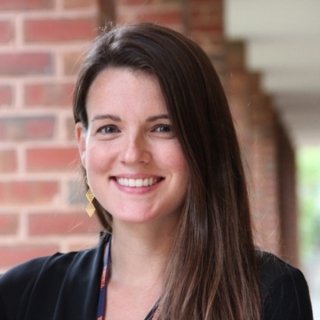
Author Bio: Erica Rouch began her professional career as a school psychologist in Virginia and North Carolina public schools, providing assessment and intervention services for students and families. Following her doctoral training, she completed a clinical psychology internship at the Marcus Autism Center in Atlanta and a postdoctoral fellowship with UVA’s Supporting Transformative Autism Research (STAR) Initiative. As a licensed clinical psychologist, her expertise is in interdisciplinary autism assessment, parent training, and interventions for individuals with autism and developmental disabilities. At UVA, the focus of her work is clinical training and teaching in the field of neurodevelopmental disabilities, and she is the Training Director for UVA’s Blue Ridge Leadership Education in Neurodevelopmental Disabilities (LEND) program. Other specific interests include increasing access to autism services for underserved populations, gender differences in ASD, and improving assessment and intervention services for females with autism.
